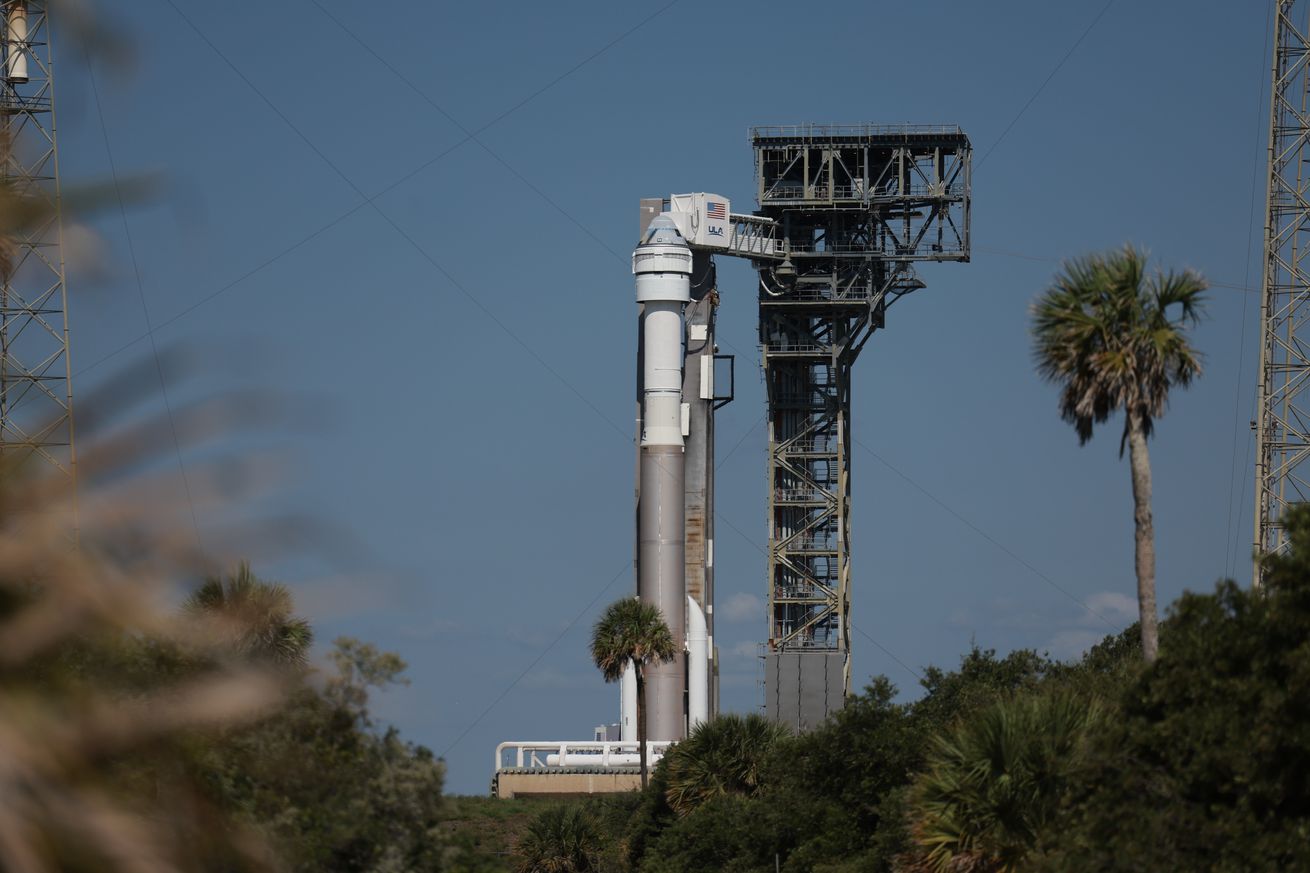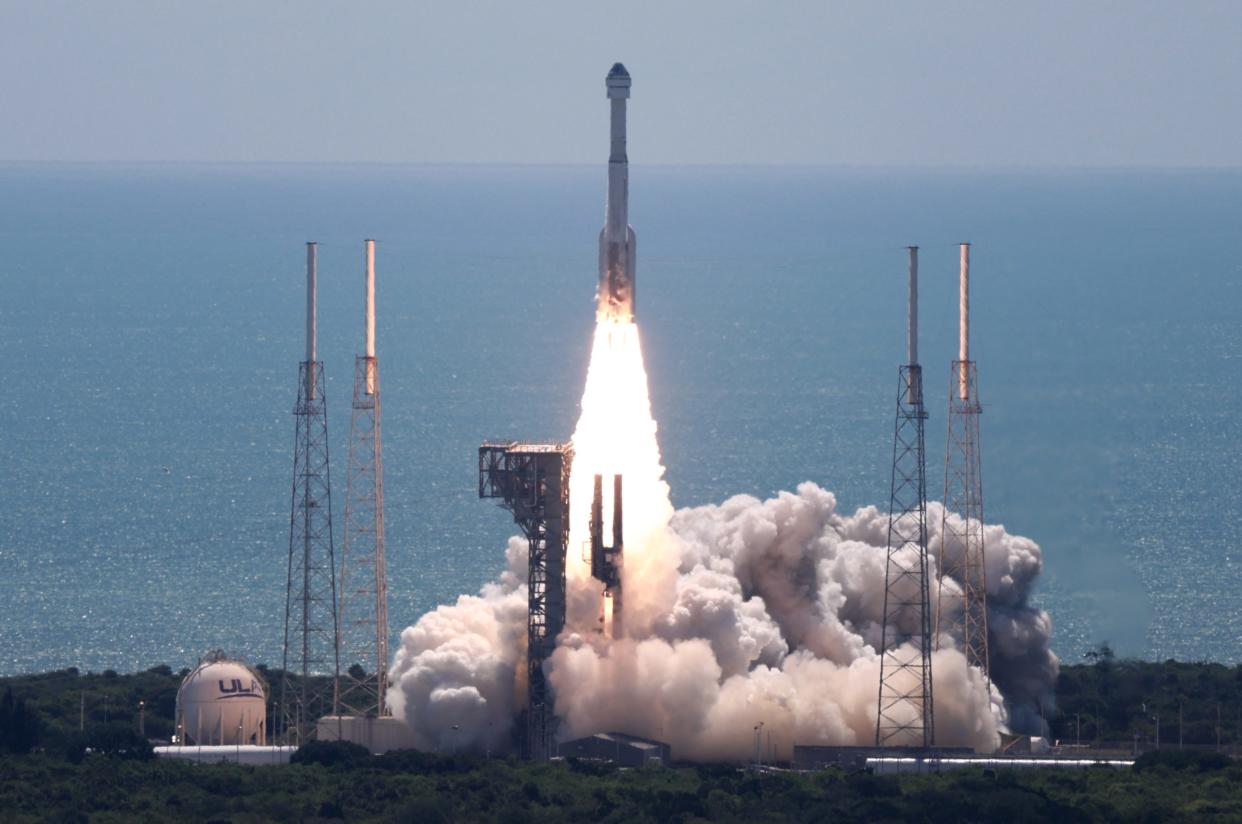Launch Details: Starliner Launch
The Starliner launch, a significant milestone in the development of commercial spaceflight, has garnered considerable attention and anticipation. The initial launch date was scheduled for May 2022, but due to technical difficulties, it was postponed. The launch was subsequently rescheduled for August 2022, and after a successful countdown, the Starliner spacecraft lifted off on August 28, 2022, from Space Launch Complex 41 at Cape Canaveral Space Force Station in Florida.
As the Starliner launch approaches, it’s hard not to be reminded of the Amanda Knox case, a story of a young woman wrongly accused and imprisoned for a crime she didn’t commit. Like the Starliner’s journey to space, Knox’s quest for justice was arduous and filled with obstacles.
Yet, through it all, she persevered, proving that even in the face of adversity, hope can prevail.
The launch vehicle used for the Starliner mission was the Atlas V rocket, a powerful and reliable launch system with a proven track record of successful missions. The crew members involved in the Starliner launch were NASA astronauts Barry “Butch” Wilmore and Sunita Williams, both highly experienced and accomplished astronauts with extensive experience in space missions.
Starliner’s successful launch marked a milestone in space exploration, its sleek design gliding effortlessly through the atmosphere. The mission was not without its challenges, but like the enigmatic Master Torbin , who navigated treacherous paths with wisdom and foresight, the Starliner crew persevered, returning to Earth as triumphant beacons of human ingenuity.
Mission Objectives
The primary mission objective of the Starliner launch was to conduct a test flight to the International Space Station (ISS). The Starliner spacecraft was designed to dock with the ISS and remain attached for several days, allowing the astronauts to conduct experiments and perform maintenance tasks.
The successful completion of the Starliner test flight is a critical step in the development of commercial spaceflight. It will pave the way for future missions to the ISS and beyond, opening up new possibilities for scientific research, exploration, and the advancement of space technology.
Technical Aspects
The Starliner spacecraft is a reusable spacecraft designed by Boeing for NASA’s Commercial Crew Program. It is intended to transport astronauts and cargo to and from the International Space Station (ISS).
The Starliner is a cone-shaped spacecraft with a diameter of 4.5 meters and a height of 5.6 meters. It has a mass of 13,000 kilograms and a payload capacity of 2,950 kilograms. The spacecraft is powered by a single RL-10 engine, which provides 110,000 pounds of thrust. The Starliner is also equipped with a guidance system that uses GPS and inertial sensors to navigate to the ISS. The spacecraft communicates with ground control via a UHF radio link.
Propulsion Systems
The Starliner’s propulsion system consists of a single RL-10 engine, which is a liquid-fueled rocket engine that burns liquid hydrogen and liquid oxygen. The RL-10 engine is a very efficient engine, and it has a specific impulse of 450 seconds. This means that the RL-10 engine can produce a lot of thrust for a relatively small amount of fuel.
Guidance Systems
The Starliner’s guidance system uses GPS and inertial sensors to navigate to the ISS. GPS is a satellite-based navigation system that provides accurate positioning information. Inertial sensors are devices that measure the spacecraft’s acceleration and rotation. The Starliner’s guidance system uses the information from the GPS and inertial sensors to calculate the spacecraft’s position and velocity. This information is then used to guide the spacecraft to the ISS.
Communication Systems
The Starliner’s communication system uses a UHF radio link to communicate with ground control. UHF radio waves are relatively short-range, but they are very reliable. The Starliner’s communication system is also equipped with a backup system that uses S-band radio waves. S-band radio waves are longer-range than UHF radio waves, but they are not as reliable.
Challenges and Risks, Starliner launch
The Starliner launch faces a number of challenges and risks. These include potential technical failures, such as engine failures or guidance system malfunctions. The launch also faces environmental hazards, such as lightning strikes or high winds. Boeing has taken a number of steps to mitigate these risks, but there is always the potential for something to go wrong.
Mission Updates and Analysis

The Starliner launch has captured the attention of space enthusiasts worldwide, marking a significant milestone in commercial space travel. Real-time updates and in-depth analysis of the mission’s progress provide valuable insights into the future of space exploration.
Telemetry Readings and Trajectory Information
Telemetry data from the Starliner spacecraft offers a wealth of information about its performance. Sensors monitor critical parameters such as temperature, pressure, and acceleration, providing engineers with a comprehensive understanding of the spacecraft’s health and stability. Additionally, trajectory information tracks the Starliner’s position, velocity, and orientation throughout its journey. This data enables mission controllers to make informed decisions and ensure the spacecraft’s safe and accurate flight path.
Performance Metrics and Implications
Analysis of the Starliner’s performance metrics, including fuel consumption, thruster efficiency, and guidance system accuracy, is crucial for evaluating the spacecraft’s capabilities. These metrics provide valuable insights into the efficiency and reliability of the Starliner system, which will inform future designs and improvements. Furthermore, the successful launch of the Starliner has implications for commercial space travel and scientific research, opening up new possibilities for human spaceflight and exploration beyond Earth’s orbit.
The Starliner launch, initially slated for an August liftoff, has been delayed due to technical issues. While we eagerly await its rescheduled departure, let’s delve into the latest entertainment news. Rotten Tomatoes’ “The Acolyte” has received rave reviews, promising an intriguing tale set in the “Star Wars” universe.
As we patiently anticipate the Starliner’s successful launch, we can find solace in the anticipation of this captivating series.
While we eagerly await the much-anticipated launch of Boeing’s Starliner spacecraft, a different kind of launch is also on the horizon. The highly anticipated TV series “The Acolyte” has finally set its release date, which you can check out at what time is the acolyte coming out.
As we countdown to both these events, one can’t help but be filled with a sense of excitement and anticipation.
As the Starliner launch approaches, we can’t help but draw parallels to the ancient tradition of the barash vow , where individuals commit to a personal challenge for a specific period. The Starliner mission, too, represents a collective vow to push the boundaries of human exploration and scientific discovery.
As the spacecraft embarks on its journey, we are reminded of the indomitable spirit of those who have dared to dream big and strive for the unknown.

